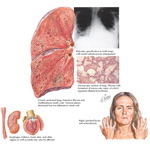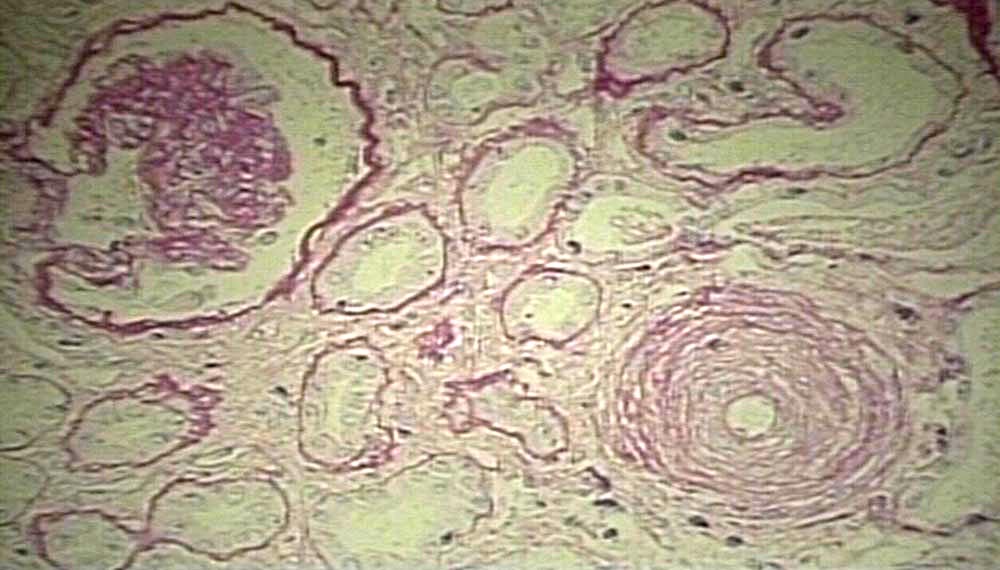
While the skin is the most affected organ in cases of scleroderma, almost all cases of complications in scleroderma would lead to heart problems even if the heart itself is not involved in scleroderma. If the lungs or the kidneys are involved, this could lead to hypertension and other heart complications. While that could happen, things are even worse when the heart itself is affected by scleroderma as its purpose of pumping blood is limited by the thickening of the walls.
Some of the earliest symptoms of cardiac involvement in scleroderma are heart irregularities that involve high blood pressure, fatigue and shortness of breath that could also lead to myocardial infarction or heart failure. While the heart is largely involved with most cases of scleroderma, having cardiac involvement in scleroderma is one of the rarest cases of the illness.
Who Can Get This?
There are no known causes for scleroderma however; reports have shown that scleroderma can affect all people regardless of any classifications although it is more likely to appear on others than it is on some. Women are four times more likely to develop this than men and it usually comes out between the ages 30 and 50. It is also commonly found in races such as the Native American Choctaw race and African-American women and rarely happens among Chinese, Japanese and Koreans.
Since there is no known cause, various theories have been formulated by medical experts. Some would say that scleroderma is genetic and heredity would play a large role. Some have also said that it is environmental and is brought about by unwanted factors in the environment such as bacteria and viruses. One also said that the fetal matter left after pregnancy can cause it even after decades after giving birth. None of these theories however have been proven yet.
How Does This Develop?
This would start when the antibodies would attack the heart tissues instead of protecting it. This would then cause the development of scar tissue on the walls of the heart or what is called fibrosis. The walls of the heart then would become thicker and with that, blood supply to the heart is cut short limiting the functions of the heart. This would then start of as high-blood pressure or other reasonably mild heart problems then can set off later as further complications.
While having the heart involved in scleroderma is quite rare, it is also one of the most difficult to handle when compared to other cases of scleroderma. But even if it is difficult to handle, treatment for it with the use of medications, therapies or surgery for some have relieved some patients before of the symptoms brought about by it. Treatment for cardiac involvement in scleroderma is possible.
Can This Be Treated?
As of now, there is no known cure for scleroderma. Treatment for all cases of scleroderma is more focused on limiting damage and treating symptoms brought about by it. If the heart gets involved with scleroderma, the patient can have some medications, therapies or surgery. Some medications that can be taken are immunosuppressive agents which limit the damaging effects of the body’s immune system.
Patients who have cardiac involvement in scleroderma should have their heart rates monitored often and kept at a healthy pace. While all of these would help, a patient would also need to change lifestyle. The change of lifestyle required is not too complicated as it is similar to most people who have heart problems.
While treating this could be a lot of work and I quite unclear, it is still very possible.








